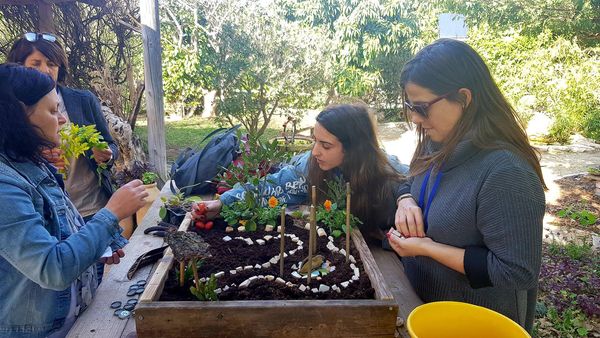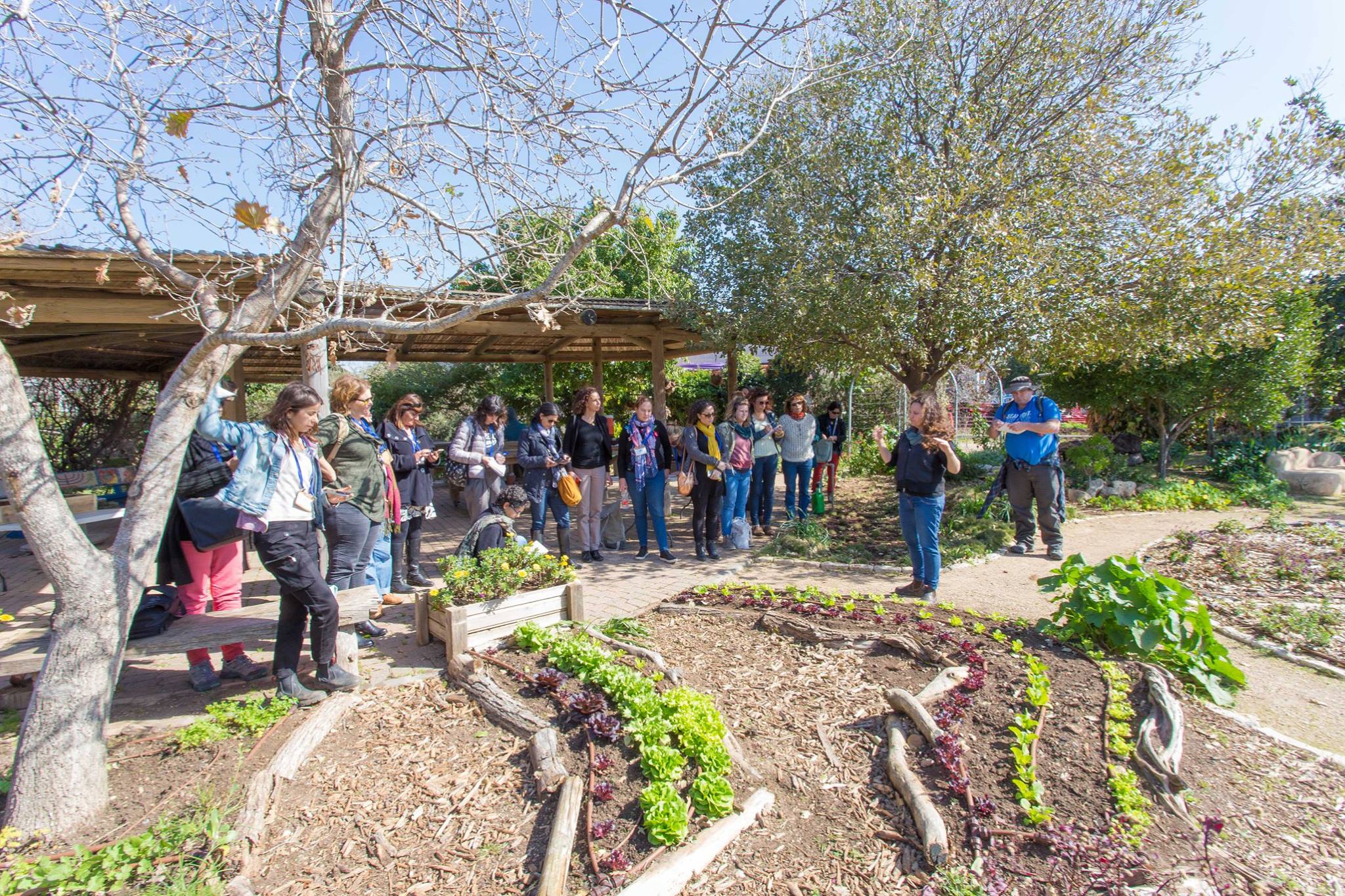
Accelerated development and reduction of open landscapes in Israel pose challenges for landscape architects.
Ramat Hanadiv ran a course on landscape design with a focus on vegetation that offered broad, in-depth study of vegetation design and planning, focusing on sustainability, functionality, and aesthetics, by providing practical tools alongside inspirational meetings with architects, researchers, artists, and writers. The course participants included landscape architects, gardeners, and landscape planners from different municipalities.
The course aimed to help those working in the field to plan and design greener and shadier streets, green roofs, and lush, natural spaces that are adapted to the local conditions and express the spirit of the place .

We believe that this is an essential, moral mission for the future of Israel’s open landscapes.


While providing much practical information, the course was also designed to give landscape architects inspiration for more creative and innovative design.
We met landscape architects and agronomists from around the world, visited unique nurseries and gardens, learned about butterfly gardens, about the love-hate relationships between trees and footpaths, how to design gardens for special people, how to plan an environmental art workshop in the gardens, the meanings of colour and how to use it in planning, and more.
Our special guest was the Greek landscape architect, Mr. Thomas Doxiadis.
Following the success of the course, a follow-up course was opened in 2019. The course content may be found in the additional links.
Following the success of the course, a follow-up course was opened in 2019. The course content (in Hebrew) may be found in the additional links.
Any question? We will be glad to help
Of further interest...
Accessibility
An accessible trail through the Nature Park
In the Nature Park at Ramat Hanadiv there are a number of spectacular hiking routes.
Sustainability
Sustainable Gardening
Sustainable gardening is defined as gardening that considers the needs of the current generation without harming the needs of future generations. It includes garden design that considers the existing elements on site – the landscape, soil, environment and vegetation suitable for the region
Dining Here
Dining-The Picnic Site
The picnic area is located near the secondary parking lot. You are welcome to spend time there before or after your tour of the Gardens.

